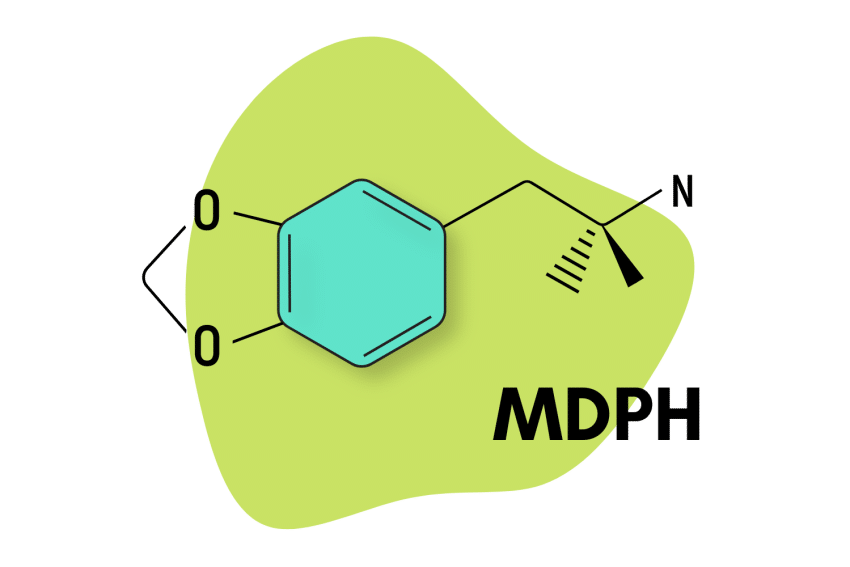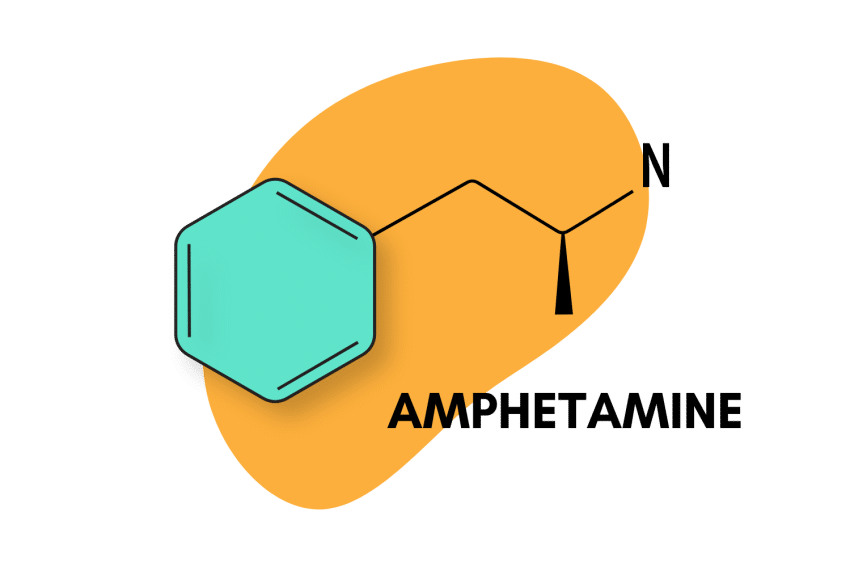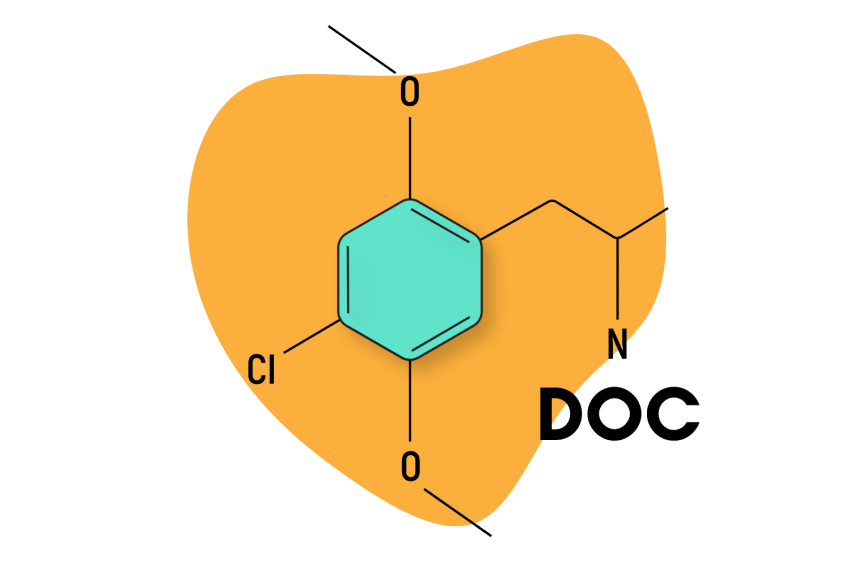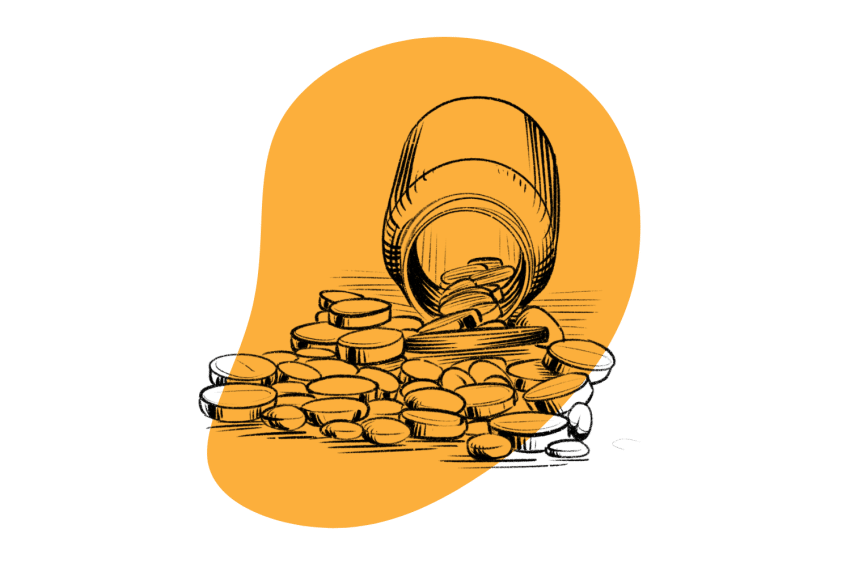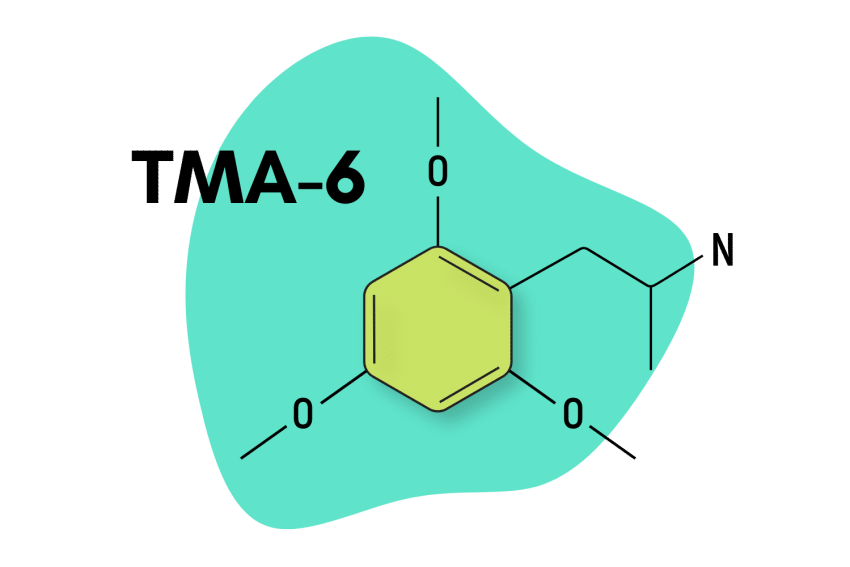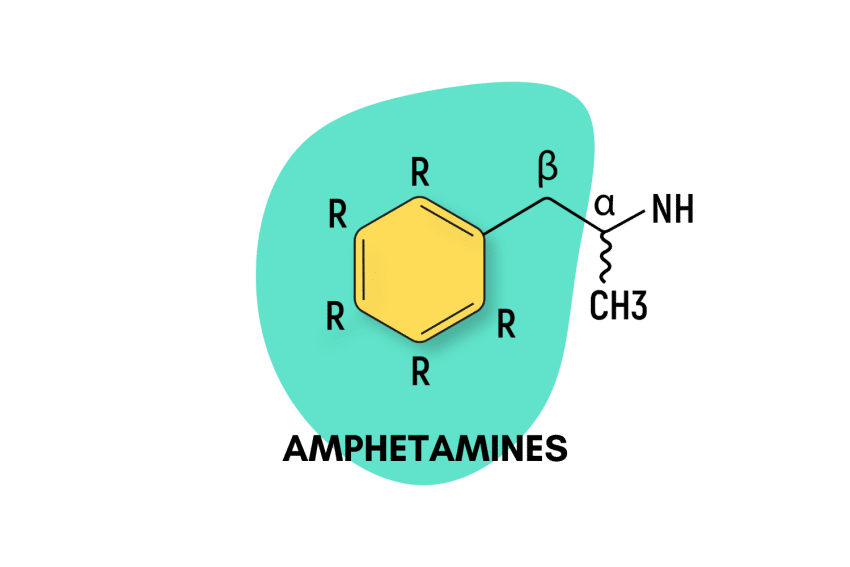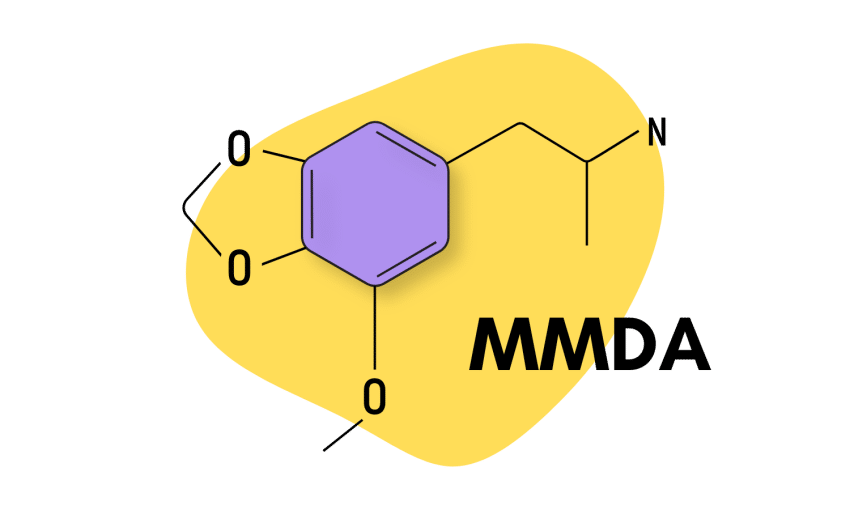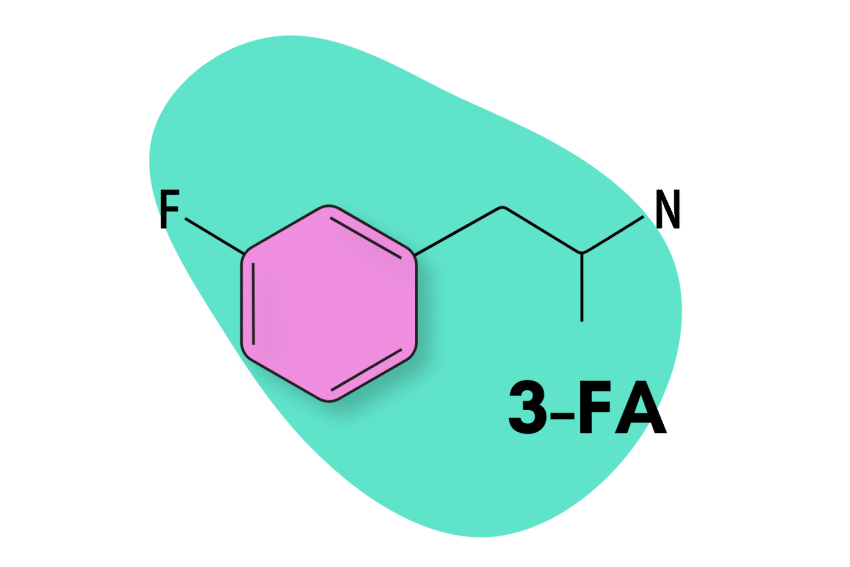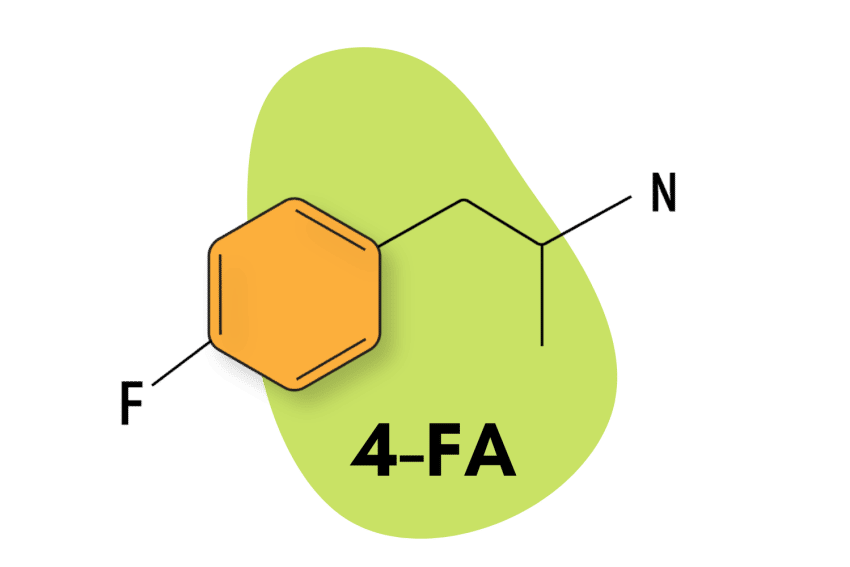PMA (4-Methoxyamphetamine): Avoid This Amphetamine At All Costs ⚠️
PMA is indeed a member of the substituted amphetamine class, but it behaves quite differently when compared to most other amphetamines and is a lot more dangerous.
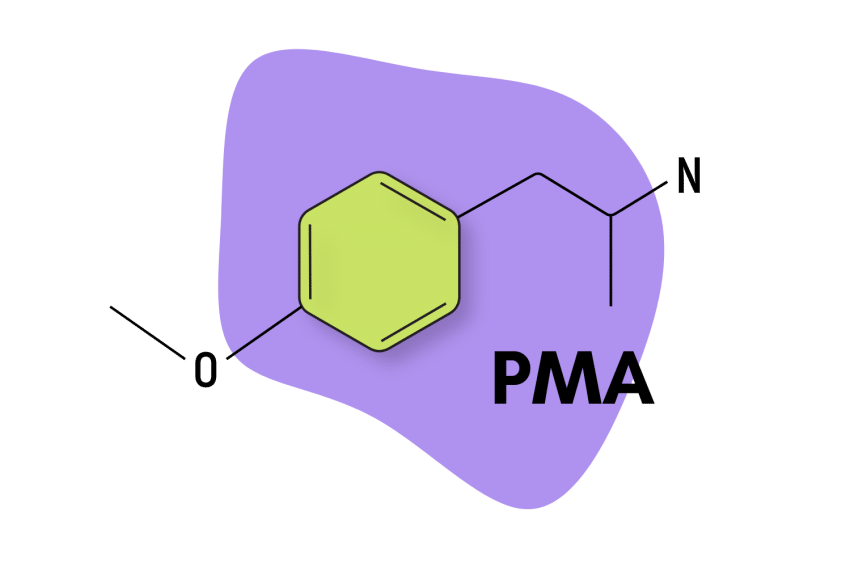
PMA — also known as 4-methoxyamphetamine or 4-MeOA — is a substituted amphetamine and a designer drug.
Although PMA does hold a number of structural similarities to popular recreational compounds like MDMA, pharmacologically, it displays a different profile of effects, one that is considered dangerous.
PMA does produce some minor empathogenic effects and has some psychedelic properties [1], but it does not produce euphoric effects [2]. Instead, it acts more as a powerful and sudden stimulant [3,4].
Rather than a drug of choice, PMA’s role in the designer drug world has been that of an adulterant for MDA or MDMA. And given that PMA displays a very narrow threshold between a psychoactive dose and an overdose, it has resulted in a significant number of deaths.
PMA is a drug that should not be approached for any reason. All samples of MDMA should be tested to ensure they contain no trace of PMA or its close-relative PMMA.
PMA Specs
| Chemical Name | 4-Methoxyamphetamine |
| Level of Risk | High |
| Other Names | N/A |
| Most Common Side Effects | Psychosis, Seizures, Anxiety, Paranoia, Agitation, Confusion. Increased heart rate and blood pressure, Palpitations, Chest pain, and Difficulty breathing. |
| Duration of Effects | Six to twelve hours |
| Estimated Threshold Dose | Not used |
| Common Dose | 30 to 60 mg (Not recommended) |
| Legality/Status | Research chemical |
| PubChem ID: | 31721 |
| CAS# | 64-13-1 |
What Makes PMA So Dangerous?
In terms of subjective effects, PMA has very limited value as a recreational drug as it does not produce euphoria or the traditional empathogenic effects associated with MDMA.
More than anything, PMA acts like an aggressive stimulant.
One of the biggest problems with this drug is its slow onset time. Users will often take what they believe to be MDMA, but after it doesn’t kick in an hour later, they take a second dose.
Shortly afterward, both doses kick in, producing significant increases in heart rate, blood pressure, anxiety, hyperthermia, and body aches.
Moderate doses of PMA can be fatal — often resulting in seizures, coma, and death by dehydration, heart attack, or stroke.
Even in non-lethal cases, the experience of being high on PMA is often described as “unbearable.”
References
- Hegadoren, K. M., Martin-Iverson, M. T., & Baker, G. B. (1995). Comparative behavioral and neurochemical studies with a psychomotor stimulant, a hallucinogen, and 3, 4-methylenedioxy analogs of amphetamine. Psychopharmacology, 118, 295-304.
- Corrigall, W. A., Robertson, J. M., Coen, K. M., & Lodge, B. A. (1992). The reinforcing and discriminative stimulus properties of para-ethoxy-and para-methoxyamphetamine. Pharmacology Biochemistry and Behavior, 41(1), 165-169.
- Preve, M., Suardi, N. E., Godio, M., Traber, R., & Colombo, R. A. (2017). Paramethoxymethamphetamine (Mitsubishi turbo) abuse: Case report and literature review. European Psychiatry, 41(S1), s875-s875.
- Daws, L. C., Irvine, R. J., Callaghan, P. D., Toop, N. P., White, J. M., & Bochner, F. (2000). Differential behavioral and neurochemical effects of para-methoxyamphetamine and 3, 4-methylenedioxymethamphetamine in the rat. Progress in Neuro-Psychopharmacology and Biological Psychiatry, 24(6), 955-977.

